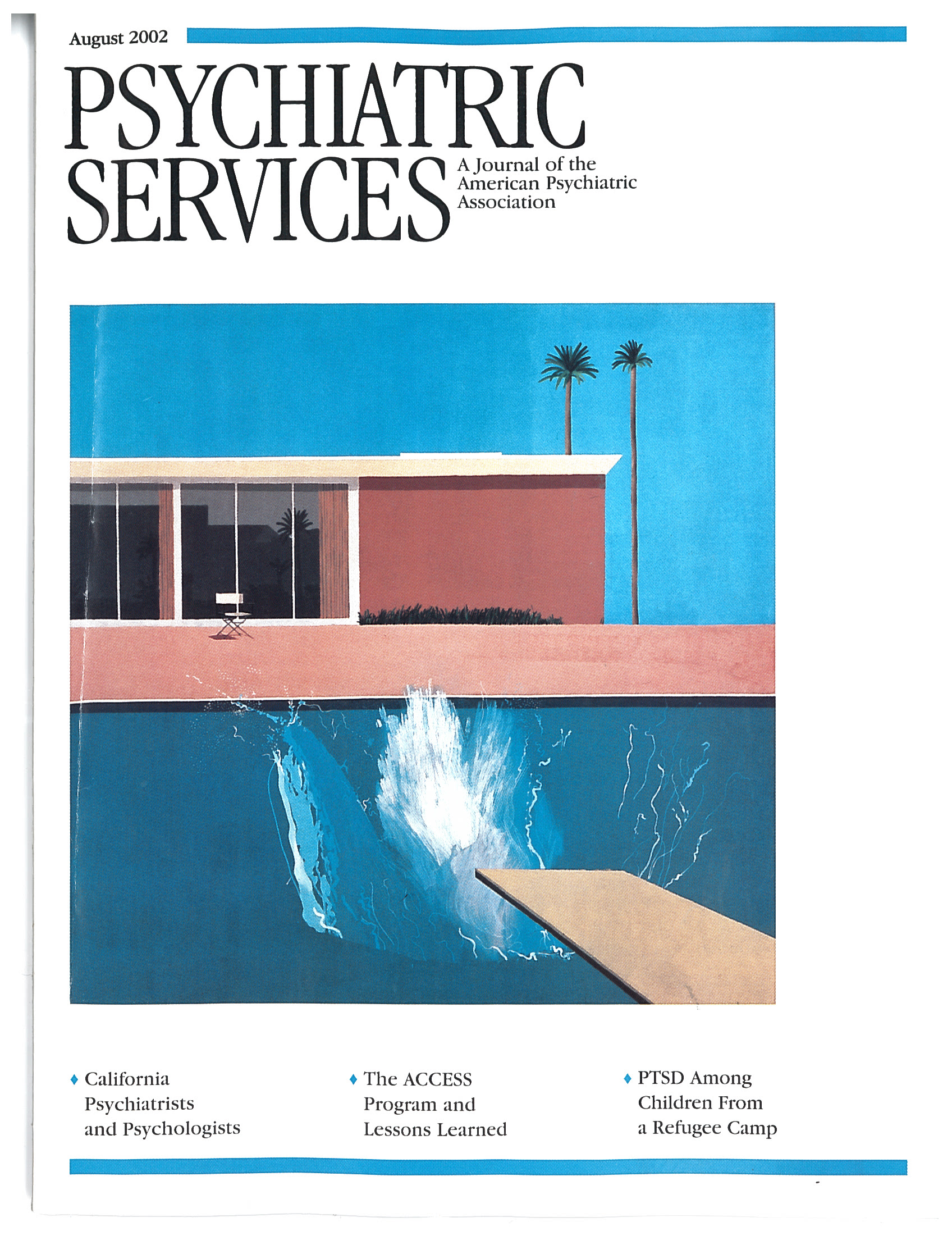Psychometric Properties and Utility of the Problem Severity Summary for Adults With Serious Mental Illness
Abstract
OBJECTIVE: The authors studied the psychometric properties and utility of the Problem Severity Summary (PSS), a 13-item instrument that assesses symptom severity and functioning among adults with severe and persistent mental illness. METHODS: Case managers rated the PSS among more than 1,000 adults with severe and persistent mental illness who were receiving services at either mainstream community mental health centers or specialty community mental health centers (serving various minority groups) in one county in Washington State. A subsample of clients was used to assess the concurrent validity of the PSS with the Psychiatric Symptom Assessment Scale. RESULTS: Interrater reliability was adequate for ten of the 13 PSS items. Four meaningful factors were derived, each with adequate internal consistency: community functioning, negative social behavior, affective distress, and psychotic disturbance. The PSS demonstrated adequate concurrent and predictive validity. Sensitivity of the PSS factors to change showed that scores on three of the four scales changed significantly over one year. Discriminant validity indicated that the PSS is generally unbiased in terms of demographic characteristics. CONCLUSIONS: The PSS is a brief, easily administered instrument that shows psychometric promise for use in clinical contexts, such as treatment planning, concurrent review of care, and guidance for level-of-care decisions, as well as for quality management purposes.



